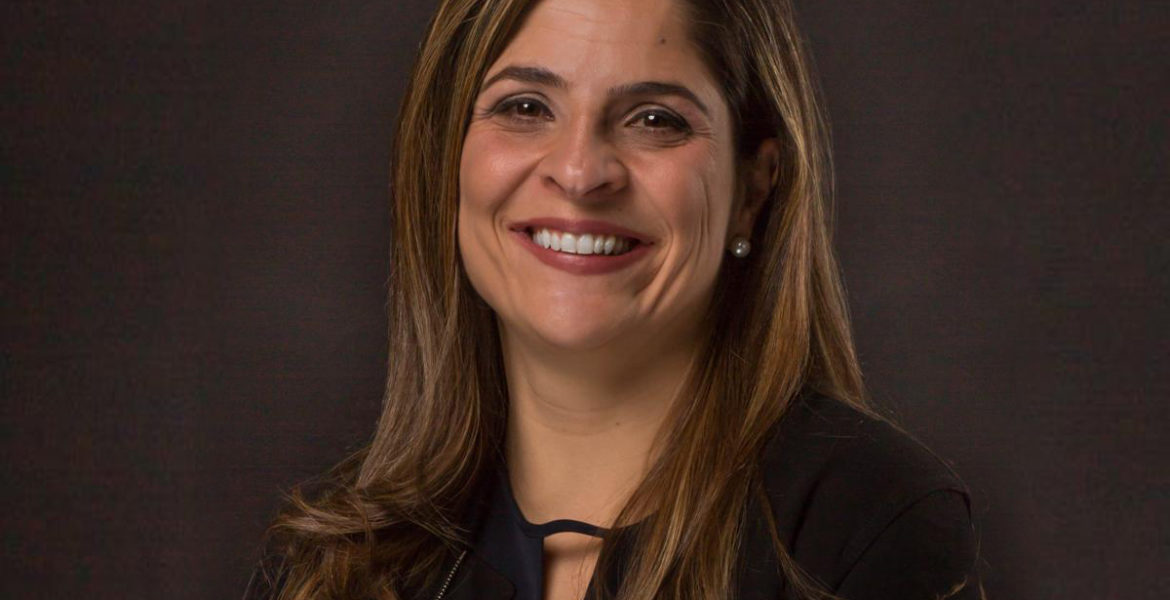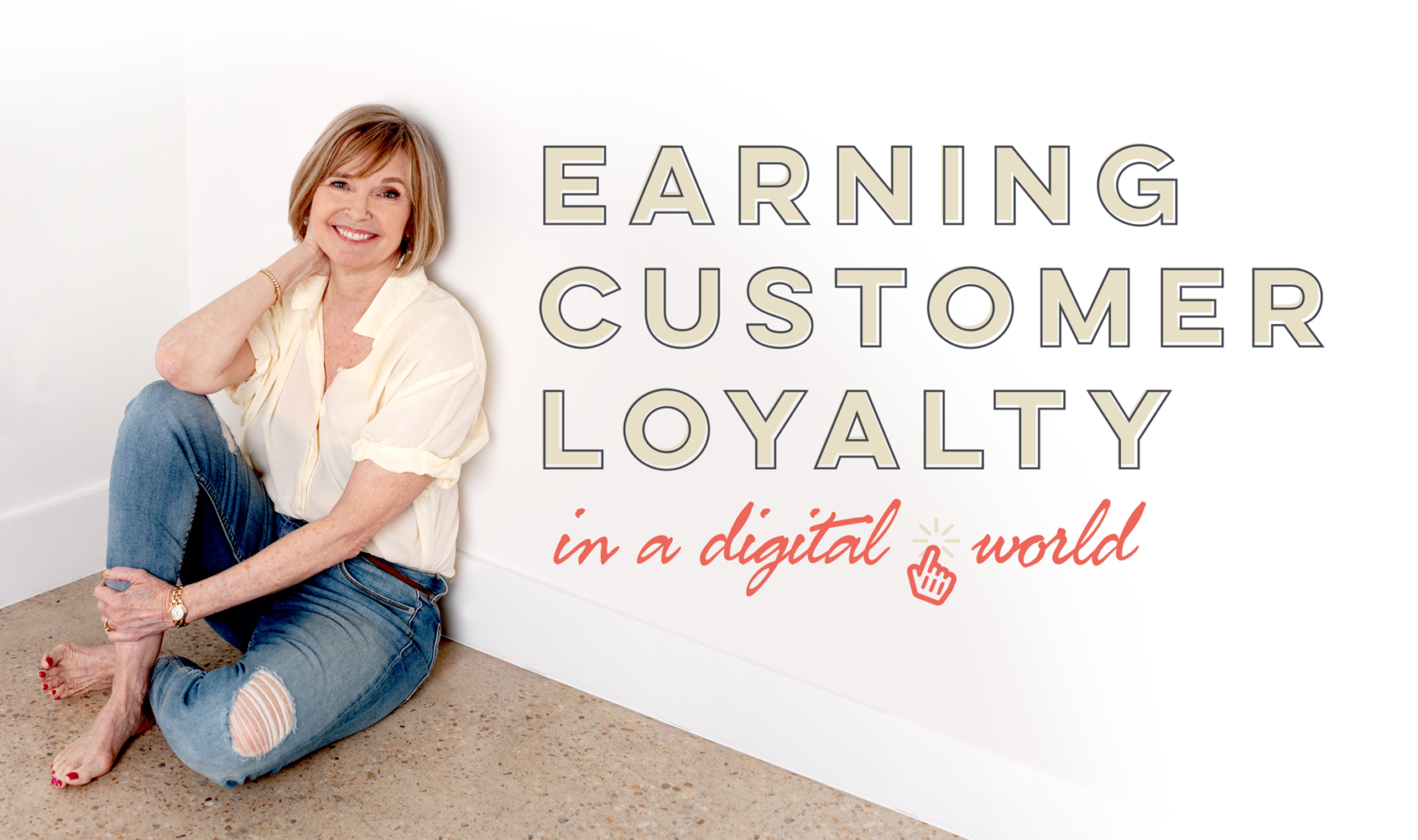
Learn To Pivot
Veronica Schnitzius is President of American Leather (AL), a Dallas-based $300M manufacturer of custom-ordered furniture, where she has responsibility for all aspects of AL’s operations.
With more than 18 years of professional experience at the company she has held roles as Chief Operating Officer, VP of Operations and various positions responsible for manufacturing, product development, sales, marketing, administration and logistics.
I had the opportunity to interview Veronica recently. Here are some of the highlights of that interview:
Jill Griffin: Tell us a little bit about American Leather and the kind of products you manufacture.
Veronica Schnitzius: American Leather is a furniture manufacturer that was established in 1990, and this year we are marking our 30th anniversary. We were founded on the principles of Just-In-Time (JIT) manufacturing, which originated in the Japanese auto manufacturing industry.
It used to take 16-20 weeks to get a new sofa, especially a leather one. So our founder, Bob Duncan, successfully implemented JIT manufacturing to reduce the lead time to 30 days. Our success has been built on this ability to rapidly deliver custom-designed products to consumers, all made in the USA.
Our factory is one of the most automated leather furniture factories in the world, using modern engineering systems, JIT production methods and CAD design to deliver quality products with precision and little waste. Today. we have 1,300 employees, with 600 in Dallas and 700 in North Carolina.
Every piece of furniture is made-to-order, with choices from hundreds of leathers or performance fabrics, and various materials and wood finishes. And while we focused primarily on leather early on, we expanded into fabric 12 years ago, which today makes up almost 50% of our sales.
Griffin: What are some of the ways you would say that the company colors outside the lines?
Schnitzius: Our speed-to-market is certainly one way. Manufacturing custom leather furniture in 30 days is a major differentiator for us. Another is innovation. Many furniture companies, when they bring designs to the market, buy mechanisms and other components from off-the-shelf and then put the coverings on. We like to design from the inside out.
We’re known for patented and award-winning innovations. We have over 20 patents in functionality applied to some of our innovation collections such as the Comfort Sleeper™, Comfort Air™, Re-Invented Recliner™, Style in Motion® and Comfort Theatre® collections. So that really positions us out-of-the-box from what most manufacturers do.
Diversity is also a differentiator of ours. We honestly don’t always tout our diversity because it’s like taking a shower in the morning: it’s just something we do, it’s who we are.
Griffin: So how has the company been impacted by this virus?
Schnitzius: When the virus first hit, we were very stable and were actually having our best year yet. Sales were booming and manufacturing was great. When Dallas shut down, we decided it was best for our employees that we also close our manufacturing operations. It was just too risky and people were scared.
As we saw how serious the situation was and heard how much of a shortage there was for masks and gowns for healthcare workers on the frontlines, we knew we had this amazing in-house capability to cut and sew.
We shut down our furniture manufacturing operations on a Tuesday, and by Wednesday we were revamping our operations to make personal protective gear for hospitals and FEMA. To date, we have manufactured over 360,000 masks and 82,000 gowns, and also just recently donated 5,000 of those masks to the Dallas Independent School District for kids returning to the classroom.
Griffin: You worked your way up in the company over the last 18 years, starting as an engineer. Engineering is still kind of an unusual major for a woman. Talk to me about how you got attracted to engineering.
Schnitzius: When I was little, I suffered from dyslexia, so I had a really hard time reading and writing. But math was very easy for me, so I gravitated toward it. In first grade, I couldn’t read but I knew the multiplication tables all the way to 13. I knew I wanted to do something in math, and engineering seemed like a really good idea. And then I read a book called “The Goal” which talks about processes, and I fell in love with Toyota and the JIT manufacturing method and I said, “I want to be an engineer,” and that was it.
Griffin: Tell us a little bit about your journey at American Leather because you’re its first female president.
Schnitzius: I started as an industrial engineer and was redesigning processes. I was only 23 years old, and the maintenance team was giving me a heck of a time. So I went to the production manager, and I was almost in tears telling him I could not finish the project because maintenance didn’t want to help me. He looked at me and he said, “Tomorrow you’re going to leave the nice lady at home and you’re going to bring the “B” here. Is that clear?” I said, “Yes sir.” And that was it.
He then said, “And by the way, now you’re in charge of maintenance.” So he gave me the maintenance department. I was suddenly in charge of pay raises for the five guys who were giving me a hard time, so they started treating me differently.
That was my first challenge. From there I transitioned to the cutting department, and then I became assistant production manager for the guy I mentioned earlier – who actually became like a dad to me.
When I moved to production, I used to complain a lot about product development not giving me all of the parts set up correctly, so the CEO called me into his office and he said, “You think product development is bad? Fix it.” So I was made Director of Product Development.
I started learning more about the customer-facing product development side, and that was an amazing experience. And from there they offered me the VP of Operations position because I could now see how our whole system worked—from beginning to end. From there I became the COO, and now President.
Griffin: What were some of the lessons you learned as you transitioned from one position to another?
Schnitzius: One lesson I learned is the importance of understanding the other positions within the organization. Understanding a little bit about what is required for each position, and what people go through in that role, gives you a different respect.
It doesn’t matter whether I’m doing budgets, whether I’m a sewer, or sweeping the floor. If somebody doesn’t sweep, the factory cannot run. And as a leader, it’s important the employees see me on the factory floor, making sure that we all want the same thing. I always tell the employees, “this is not a nonprofit. I’m here to make money,” but there’s also a bigger purpose – taking care of our families.
Griffin: What have I not asked you that I should have asked you that you’d like to comment on?
Schnitzius: If there’s just one thing I want you to know about this company it’s that we value our employees. They are our greatest asset, and I want that to always be the case. We have this amazing group of immigrants, Americans, people from all over this melting pot, that just want to better their lives.
One thing that is very important to us is wellness. I love exercising and I’m a triathlete, so for me, the physical body has to be aligned with your mind. We have a gym here that everyone—regardless of position—has access to, along with various wellness initiatives and classes.
And I love that we also have programs in place that support that next generation of employees’ kids going to college, including a scholarship fund currently in its seventh year.
I hope even if we have 10,000 employees one day, we will provide the same culture we do today, while providing opportunities for the next generation.



